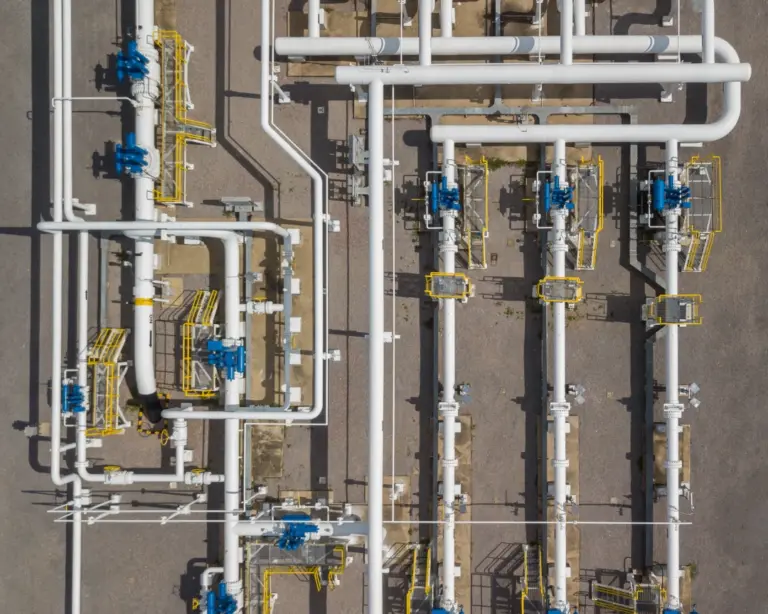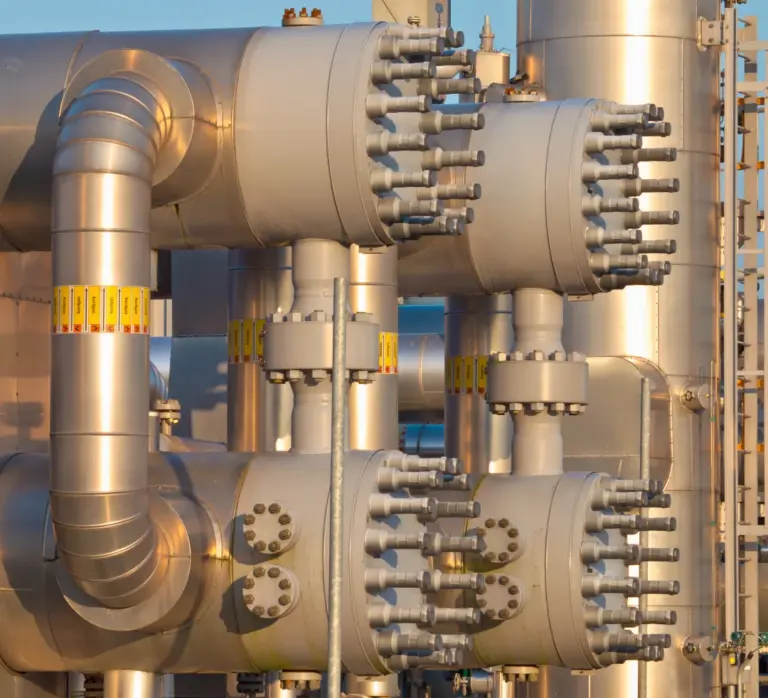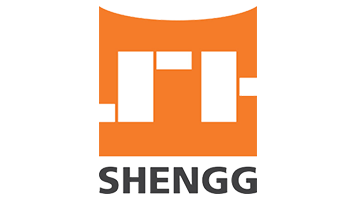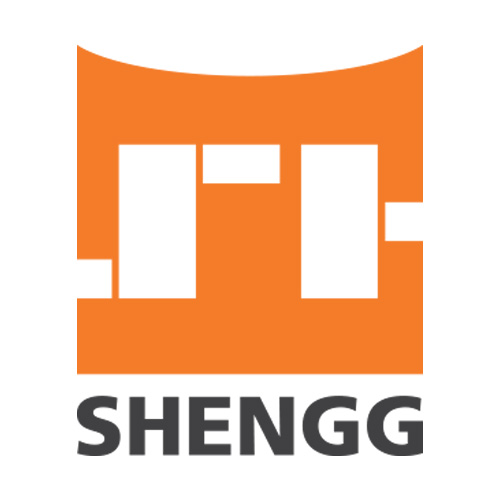Introduction
Skid packages are integral to various industrial applications, providing a compact, modular solution for complex processes. Optimizing these skid packages for maximum efficiency can significantly impact your project’s overall performance, reducing costs, and ensuring reliable operation. This guide will walk you through essential steps and best practices to enhance the efficiency of your skid packages.
Start with Efficient Design Principles

The foundation of an optimized skid package begins with a well-thought-out design. Key considerations include:
- Space Utilization: Maximize the use of available space while maintaining accessibility for maintenance and operation.
- Component Selection: Choose high-quality components that match the application’s requirements, considering factors such as durability, energy efficiency, and compatibility.
- Modular Design: Implement a modular approach to allow for easier transportation, installation, and future upgrades or expansions.
Integrate Advanced Engineering Tools
Utilize advanced engineering software and tools to design and analyze your skid package:
- 3D Modeling: Use 3D modeling software like AutoCAD or TEKLA to visualize the layout and identify potential issues before fabrication.
- Finite Element Analysis (FEA) and Computational Fluid Dynamics (CFD): Conduct FEA and CFD analyses to optimize structural integrity and fluid dynamics within the skid.
- Process Simulation: Tools like HYSYS can help simulate the entire process, ensuring that the skid package will perform efficiently under operational conditions.
Focus on Material Efficiency

Selecting the right materials is crucial for optimizing efficiency:
- Corrosion-Resistant Materials: Use materials such as stainless steel or alloy-based materials for components exposed to corrosive environments to extend the skid’s lifespan.
- Lightweight Materials: Where possible, opt for lightweight materials without compromising strength, reducing transportation costs and ease of installation.
- Standardization: Standardize material specifications across similar packages to streamline procurement and reduce costs.
Optimize Piping and Instrumentation

Piping and instrumentation are critical to the skid’s performance:
- Minimize Pressure Drops: Design the piping system to minimize pressure drops by using appropriately sized pipes and minimizing bends and fittings.
- Efficient Routing: Route piping and instrumentation to avoid interference with other components, reducing the risk of vibration and stress.
- Smart Instrumentation: Implement smart sensors and control systems to monitor performance and allow for real-time adjustments.
Improve Thermal Management

Effective thermal management is essential for maintaining optimal performance:
- Insulation: Use high-quality insulation materials on piping and components to prevent heat loss and protect sensitive equipment.
- Heat Exchangers: Integrate efficient heat exchangers tailored to your specific process requirements, ensuring effective heat transfer with minimal energy loss.
- Ventilation and Cooling: Design the skid with adequate ventilation and cooling systems to dissipate heat, particularly in high-temperature environments.
Streamline Fabrication and Assembly
Efficiency during the fabrication and assembly stages ensures that the skid package meets performance standards:
- Precision Fabrication: Employ precision machining and fabrication techniques to ensure tight tolerances and high-quality welds.
- Pre-Assembly Testing: Conduct thorough testing of components and systems before final assembly to identify and resolve any issues early.
- Skilled Workforce: Engage a skilled workforce familiar with the latest welding standards, such as ASME SEC IX, to ensure high-quality assembly.
Emphasize Ease of Maintenance
Designing with maintenance in mind can significantly improve the efficiency and longevity of the skid package:
- Access Points: Ensure that all critical components are easily accessible for routine maintenance and inspection.
- Quick-Release Mechanisms: Implement quick-release or modular connections for components that require frequent servicing, reducing downtime.
- Documentation and Training: Provide comprehensive documentation and training for operators to ensure proper maintenance practices.
Energy Efficiency Considerations
Maximizing energy efficiency can lead to long-term cost savings:
- Energy-Efficient Motors: Use energy-efficient motors and pumps that comply with the latest energy standards to reduce power consumption.
- Variable Frequency Drives (VFDs): Integrate VFDs to control motor speed and optimize energy use according to process demands.
- Power Monitoring: Install power monitoring systems to track energy usage and identify areas for improvement.
Post-Installation Optimization
Optimization doesn’t stop after installation. Ongoing monitoring and adjustments are crucial:
- Performance Monitoring: Use data analytics to monitor performance and identify trends that could indicate inefficiencies.
- Regular Audits: Conduct regular audits to assess the skid’s performance against original design specifications and make necessary adjustments.
- Continuous Improvement: Gather feedback from operators and maintenance personnel to continually improve skid package designs.
Conclusion
Optimizing skid packages for maximum efficiency requires a holistic approach that considers design, material selection, fabrication, and ongoing maintenance. By implementing these strategies, you can ensure that your skid packages perform reliably, reduce operational costs, and extend the life of your equipment, ultimately providing a better return on investment for your projects.


